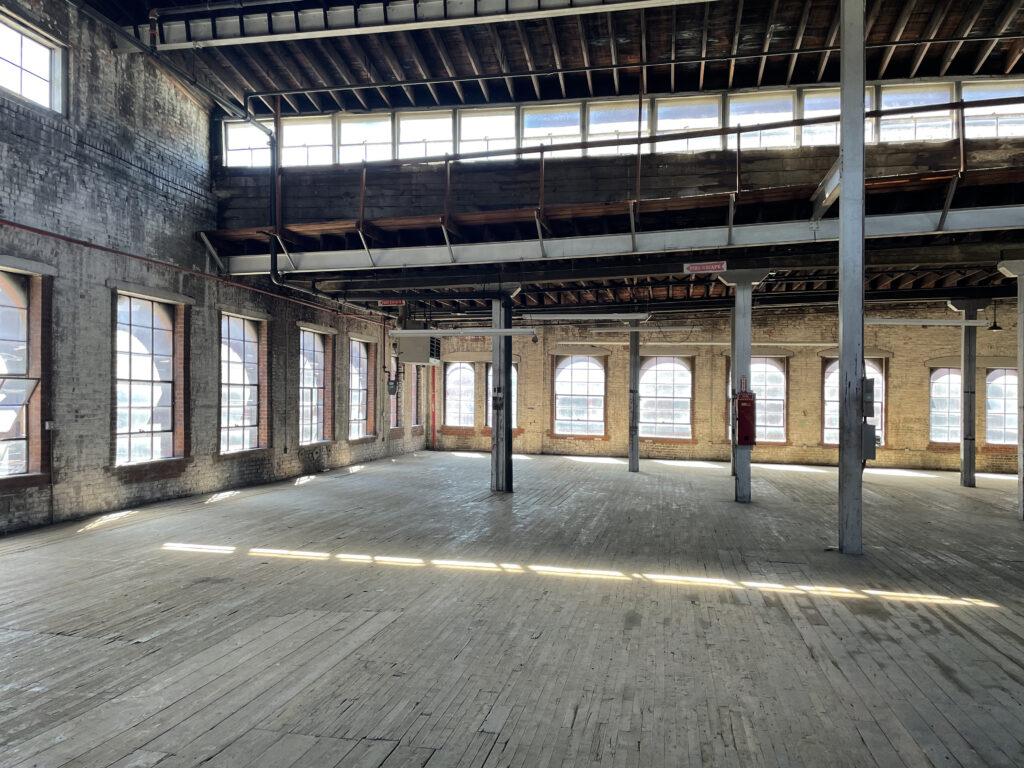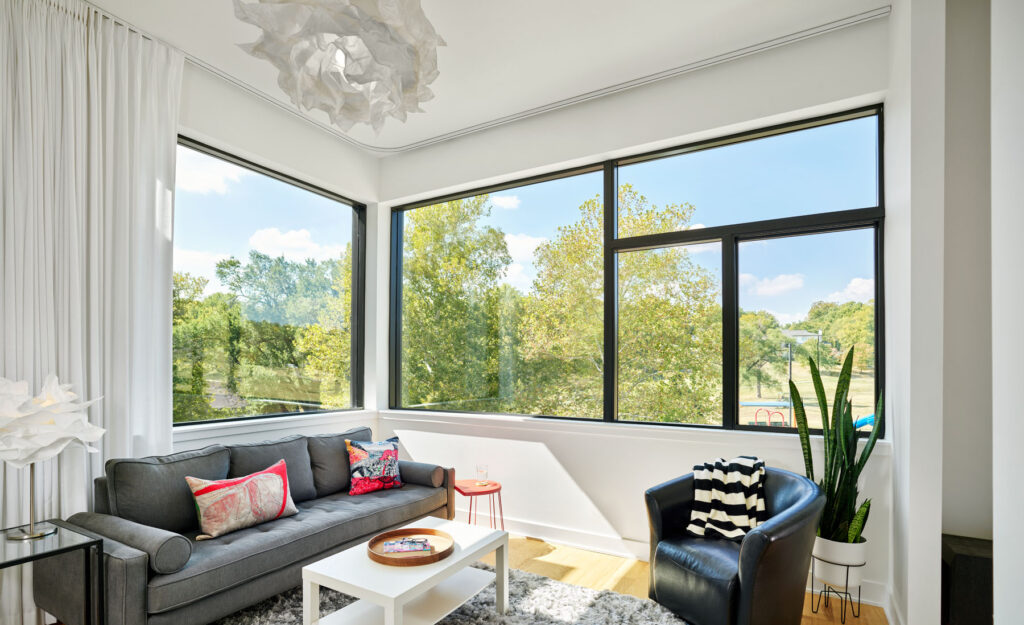An homage to Michael Sorkin’s seminal list
“250 Things an Architect Should Know.”
1. Albedo.
2. How to dress to avoid ticks when doing a site walk.
3. How to dress for a dingy old basement.
4. What is the zoning code.
5. What is the entitlement process.
6. What is the parking ratio requirement.
7. …and when to push back on parking ratio requirements and why.
8. How to design for people first, but include the car.
9. Who is reviewing the building plans.
10. What’s the permitting process.
11. What disciplines are needed to create this project, and how do you communicate with all of them.
12. What climate zone is the project in.
13. Understand the importance and frequency of street trees.
14. Where do the dogs go.
15. Don’t use green shag carpet and expect the dogs not to go.
16. What’s the dewpoint in a wall.
17. How to design for changing technology.
18. Black Lives Matter.
19. Me too.
20. The dimensions of everything a.k.a. Mel Bochner.
21. That golf is truly a thing.
22. The impacts of golf courses on the environment.
23. How to do a cost-benefit analysis.
24. How to run the conduit for post and beam construction.
25. How to make sure the air, power and water systems don’t create structural conflicts and vice versa.
26. Understand natural lighting and how it changes throughout the day.
27. Understand natural lighting and how it changes throughout the year.
28. How to transition to artificial lighting.
29. How long does it take to get a 1600 amp panel.
30. The importance of affirming other peoples’ ideas.
31. How to design a functional kitchen (space triangle).
32. Designing for every possible depth of refrigerator (or other piece of equipment).
33. Where to place a building on a hill.
34. Where to start with project phasing.
35. Potential funding sources and their specific criteria.
36. The timeframe for such funding sources.
37. Some people are honest.
38. Some people are dishonest.
39. Great craftspeople are rare and a treasure.
40. Dendrochronology.
41. The Social Life of Small Urban Spaces is still great.
42. How flammable are materials.
43. What is the STC rating.
44. How to detail for STC.
45. What are UL-listed wall assemblies.
46. How to detail for UL listed wall assemblies.
47. The importance of signage.
48. The importance of inclusivity and the many ways that can be expressed through design.
49. Who is caring for the building post-occupancy.
50. How to keep calm in a community meeting and…
51. Lead by listening.
52. Calling instead of texting.
53. How to be an expediter of processes.
54. How to be a good note-taker.
55. How to avoid potential pitfalls and future liabilities.
56. How to avoid potential pitfalls and future liabilities some more.
57. What is your billable rate multiplier.
58. Include the MEP engineer early on.
59. Include all engineers early on.
60. What you learn in school is just the tip of the iceberg.
61. There are many, many types of wood and grades of wood – so, not to call a material out as simply “wood”.
62. The importance of reveals when transitioning materials.
63. What a quirk miter is.
64. Value engineering frequently leads to less value for more engineering.
65. That there are hundreds of shades of “white”.
66. The gorgeous feeling of polished plaster under your fingertips.
67. The size of a parking stall.
68. The size of a toilet stall.
69. People come and go, and it’s (usually) not personal.
70. No outdoor surface should be truly flat.
71. That sidewalks should accommodate two people walking toward each other not having to adjust their stride.
72. Water will find a way.
73. How rainwater is handled at Ryoanji Temple.
74. How to identify 100-year-old wood species.
75. The incredible strength and value of 100-year-old wood species.
76. The embodied energy in concrete.
77. The operational energy used in that show you streamed.
78. Data centers are being built faster than we can drive building efficiency and lower our reliance on coal power.
79. Eat less (no) beef if you really want to make an environmental difference.
80. What’s happening with the coral reefs.
81. To wear a mask or cover your cough.
82. How Saarinen calculated a catenary curve.
83. Turning radii.
84. The importance of framing a view by being there.
85. The efficiency of a triangle.
86. The efficiency of a circle.
87. The perception of safety.
88. What’s the diameter of a tree’s roots, and how close are they to the surface.
89. What’s a volunteer versus a specimen.
90. How to get it done.
91. How to be still.
92. Experiencing the awe of standing in a space like Grand Central Station.
93. The influence of fashion.
94. A little drama is good.
95. Beauty matters.
96. Representation matters.
97. Policy matters.
98. How policy is made.
99. The temporal loci.
100. How to balance all factors and still design a simple solution.




